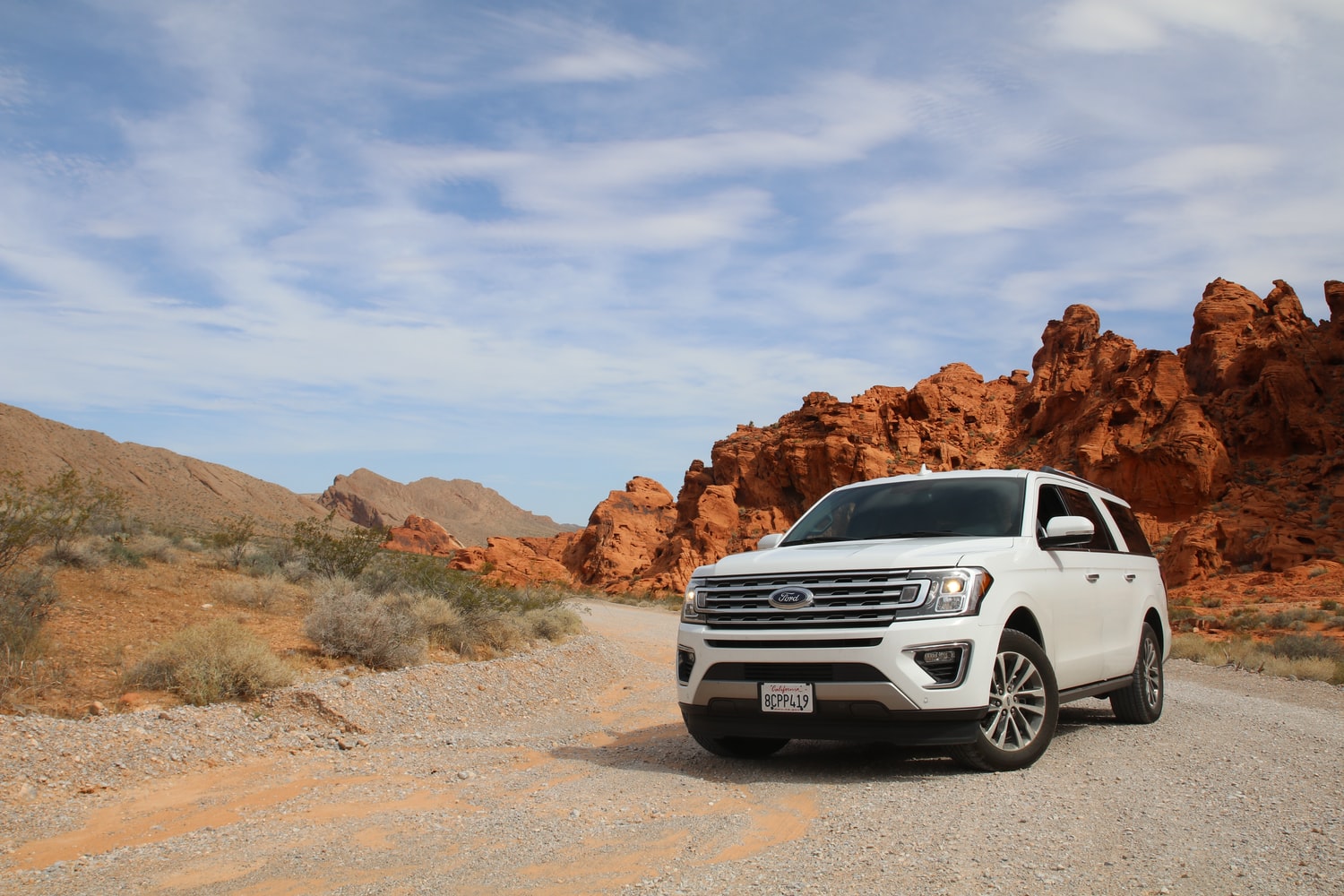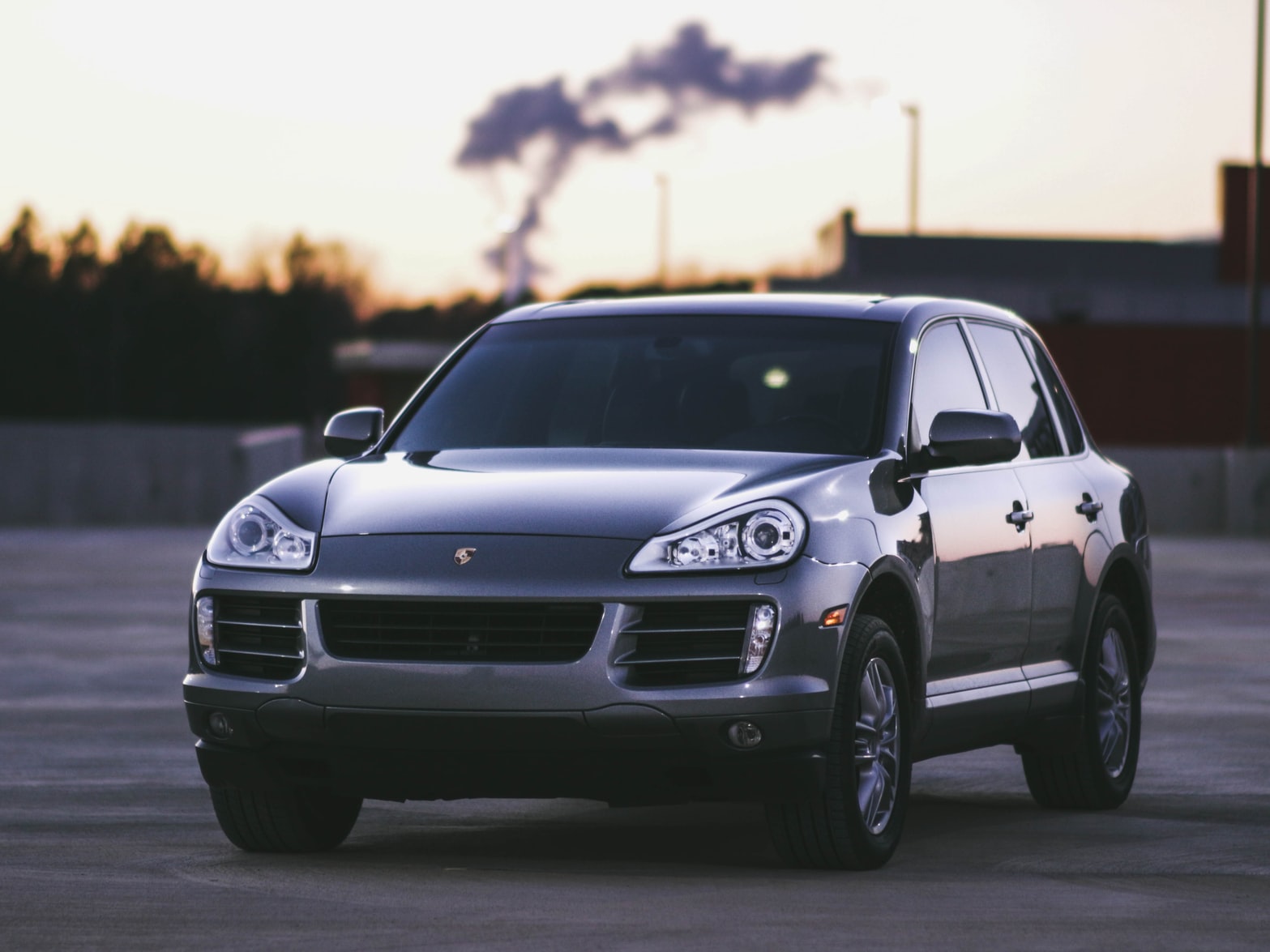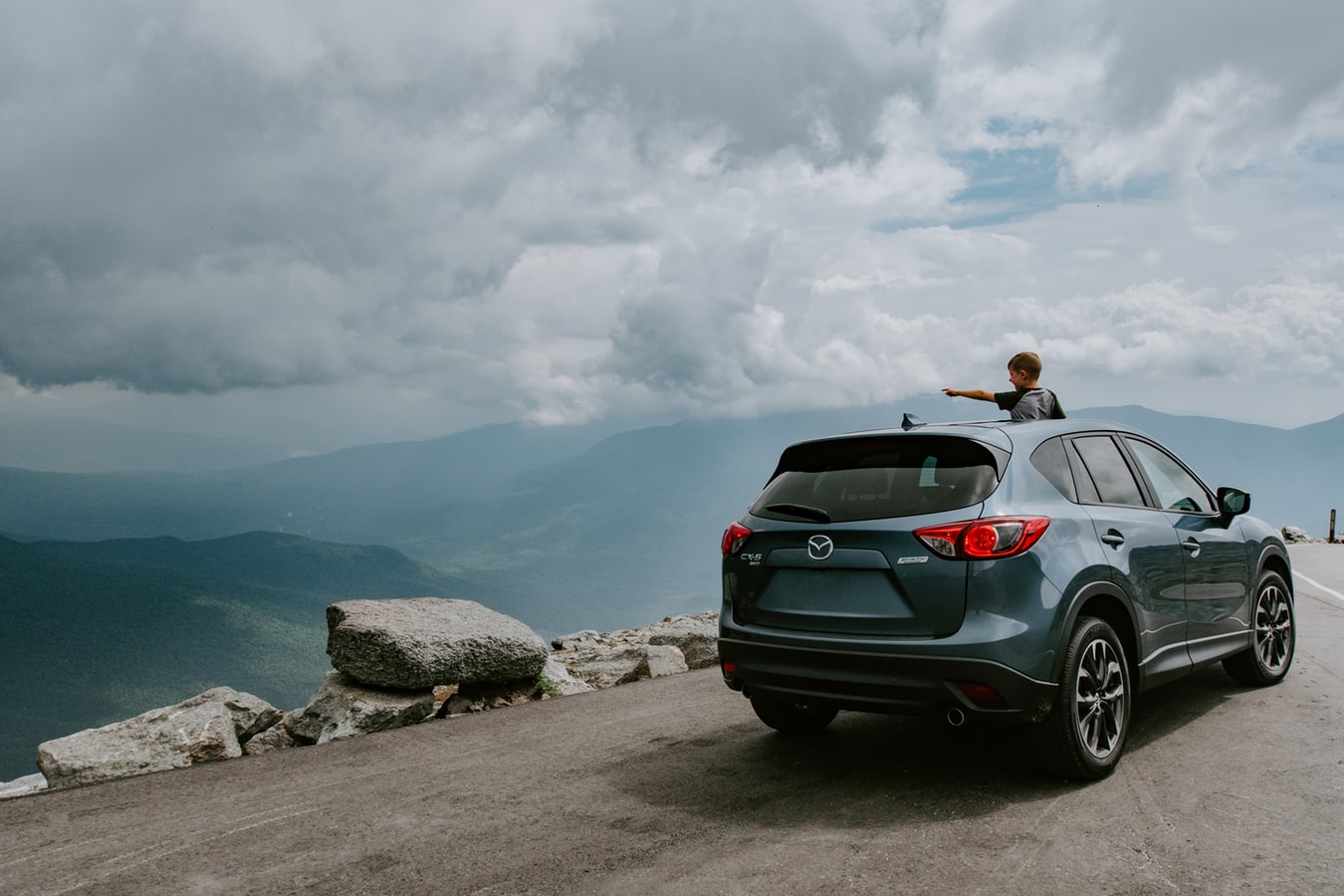
Sport-utility vehicles (SUVs) have become extremely popular with time. There are two types; car-based SUVs and truck-based SUVs. The car-based SUV is created from a standard car frame, making it smaller and usually better on gas mileage. The truck-based SUV is created from a truck frame and usually much larger with a lot of cargo space and additional seating. This buyer’s guide will take a look at some of the top features to consider when it comes to buying an SUV.
Seating
Seating is typically the number one reason a family may look into purchasing an SUV. They are typically looking for something that can comfortably accommodate their growing family. You’re smaller, more compact SUVs usually seat around 5 people and come stock with great safety features that tend to result in a better insurance premium. The larger SUVs can seat up to 8 people depending on the make and model. This is because most large SUVs have an option for 3 rd -row seating.
One thing to keep in mind with higher passenger capacity is the lack of cargo space. If you are purchasing an SUV simply for the sake of cargo space, you would want to make sure you look into an SUV with second and third-row seating that can fold flat. Many offer options where the seats actually stow away under the floor. These make for perfect cargo vehicles.
If you’re looking more for something to accommodate a growing family, the added seats are a great option. Road tripping with kids all touching one another in one row of seating can make for a really nerve-racking trip. If you’re kids range in age you may want to consider a model that offers 2nd row “Captain Seats” and a third-row bench seat. This allows for more space between taller more independent kids which can make for a more peaceful ride for everyone involved.
Price
It’s no surprise that the price ends up on this SUV buyer’s guide. SUVs range from an affordable $20,000-$30,000 all the way to $90,000 on your more high-end luxury models. Don’t let pricing scare you off just yet. SUVs have come a long way with the bells and whistles.
Even your cheaper more affordable SUVs come stock with great features like built-in TVs, heated seats, Bluetooth capabilities, navigation systems, and even Wifi capabilities. As you go up in price you can look for interior features like, surround sound audio, standard power outlet plugs, reclining 2 nd and 3 rd -row seats, heated seats in the 2 nd and 3 rd rows, stow away seats, added cargo space, leather and wood-grain interior, and so many more. The possibilities are truly endless, and that is just the interior.
Many SUVs offer towing packages, above head storage racks, advanced powertrain systems, safety features like side and rear cameras, back up and parking assistance, and much more. The added safety features also weigh heavily on the cost of your vehicle. Things like side and rear airbags, antilock brake systems, skid detection and many more allow you to drive with your precious cargo safely and also lowers your insurance premiums as many SUVs are safety rated vehicles and insurance companies love safety rated vehicles.
Performance
Another important thing to look into when purchasing an SUV is performance capabilities. Does your SUV have towing capacity? What is the engine size? What type of fuel economy does it have?
Purchasing a new SUV can be exciting and we tend to overlook the most important part which is the performance. It may look flashy on the outside and have all the greatest bells and whistles, but how does it perform on the highway, residential and urban roads, and on rough terrain? These are really important factors to consider depending upon where you live.
If you live in an icy, snow-laden area, you may want to avoid a taller SUV that could easily flip or roll when in the midst of an icy skid. The taller the vehicle, the more likely it is to roll in an unstable environment. This holds true for driving on winding roads in a high-wind area or an area that expects lots of rainfall annually.
If you reside in a climate with more open road you may want to consider a smaller SUV that requires less fuel, as your commute to and from more urban areas can become costly in places where gas prices tend to be high. Also, sitting in traffic eats up fuel quickly so you may want to consider a more economically sensible vehicle in traffic-jammed cities where your fuel would be wasted sitting in long periods of traffic.
Rough terrain may require a large vehicle that is more sturdy like the larger truck-based SUVs to protect your vehicle from undercarriage damage due to large potholes or rocks and boulders in the road. Your larger SUVs usually come equipped with greater towing capacity as well making them great for boat and camper owners who love to go camping and fishing in hard to reach places.
Let’s Wrap Things Up!
If you are in the market for an SUV, be sure to take these important factors into consideration. Whether you have a growing family or a strong sense of nomadic adventure, the perfect SUV is waiting for you. Remember to weigh in seating, price, and performance in order to select the overall best option for you and/or your family.










